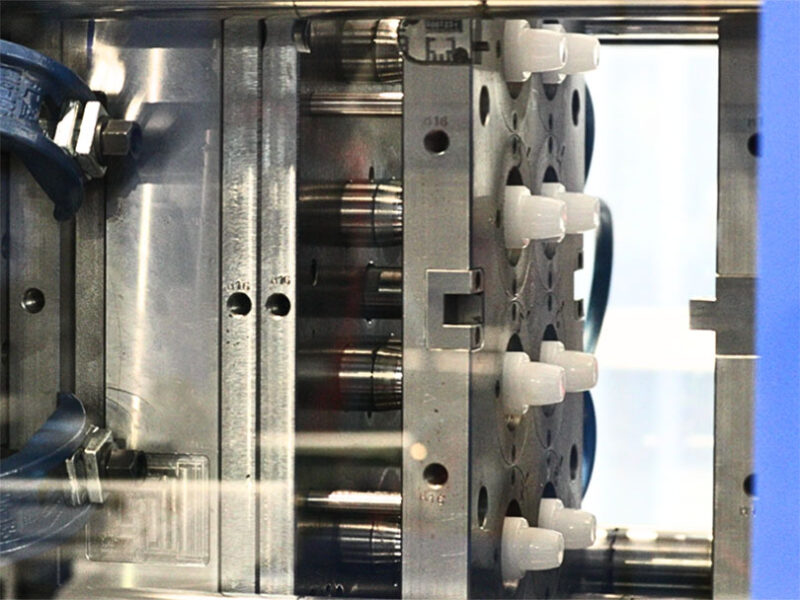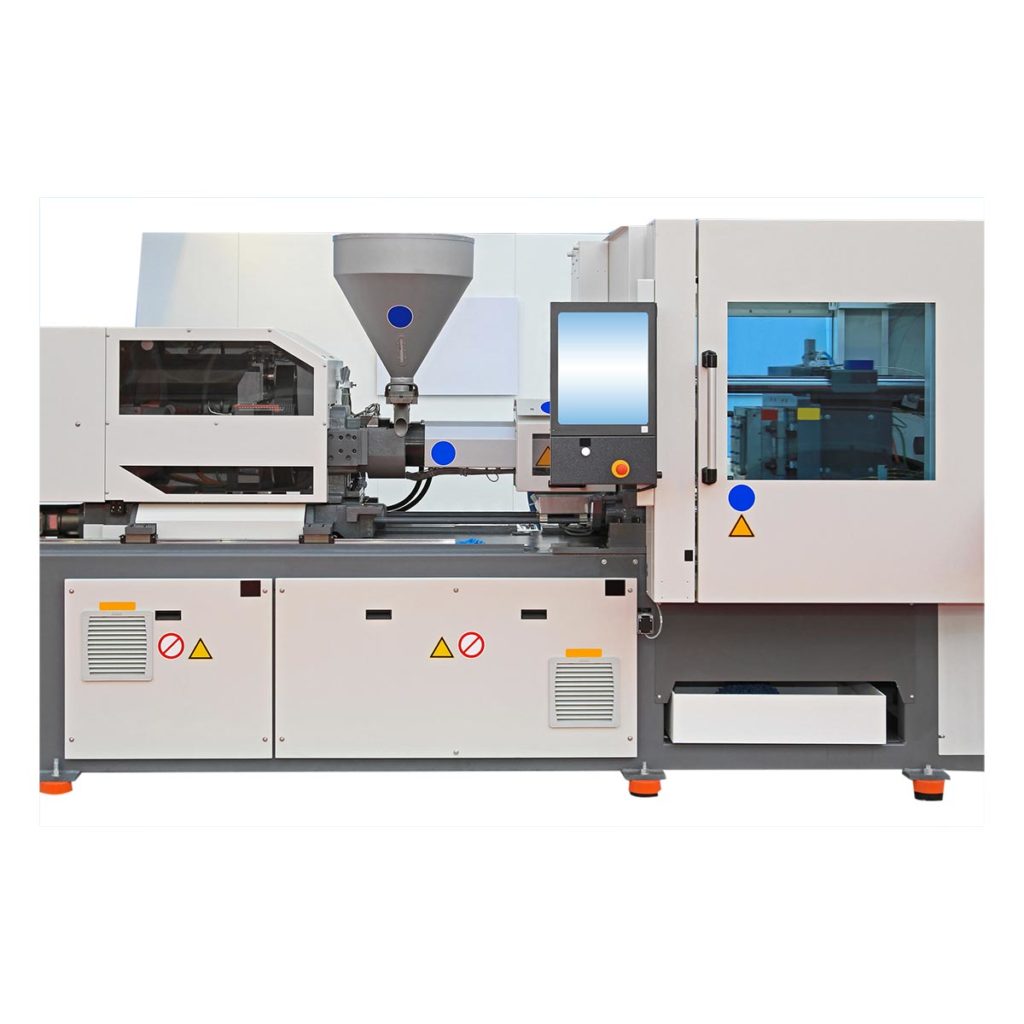The Effect of Plastic Injection Molding on Decreasing Production Costs and Waste
The Effect of Plastic Injection Molding on Decreasing Production Costs and Waste
Blog Article
The Future of Plastic Shot Molding: Trends and Innovations to See
As the plastic injection molding market evolves, several vital fads are arising that pledge to improve its landscape. Automation and clever manufacturing strategies are established to enhance productivity, while the shift in the direction of sustainable materials mirrors an expanding environmental consciousness.
Automation and Smart Production
As the plastic shot molding market advances, automation and wise manufacturing are taking center phase, transforming manufacturing processes - Plastic Injection Molding. The combination of innovative innovations such as robotics, IoT (Web of Points), and expert system is enabling suppliers to enhance performance, minimize operational prices, and improve item high quality. Automated systems simplify process, decreasing hand-operated treatment and boosting throughput, which is important in fulfilling the rising need for fast production cycles
Smart manufacturing modern technologies facilitate real-time monitoring and data analysis, permitting business to maximize maker efficiency and predict maintenance requirements. This aggressive approach not just minimizes downtime however likewise expands the life-span of tools. Furthermore, the use of collaborative robotics, or cobots, boosts the adaptability of manufacturing lines, making it possible for devices and workers to run side-by-side safely and efficiently.
The adoption of automation in plastic injection molding is not just a pattern but a critical imperative for services aiming to remain competitive in an international market. By taking advantage of these technologies, manufacturers can achieve greater accuracy, minimize waste, and adjust swiftly to altering consumer demands, placing themselves for sustainable development in a progressively computerized future.
Lasting Products and Practices
The push towards automation and wise manufacturing has paved the means for a better focus on lasting materials and practices within the plastic injection molding industry. Firms are significantly looking for environment-friendly options to conventional petroleum-based plastics, resulting in the adoption of bio-based and recycled products. These lasting materials not just lower ecological effect but additionally straighten with consumer demand for greener items.

Furthermore, collaboration between producers, product vendors, and ecological companies is cultivating technology in the growth of lasting products that fulfill efficiency criteria without endangering top quality. As laws around plastic use come to be more stringent, the sector is positioned to adjust by accepting these sustainable methods, guaranteeing long-lasting practicality and decreasing reliance on non-renewable sources. The assimilation of sustainability right into plastic shot molding is not simply a trend; it is ending up being a crucial element of corporate obligation and operational quality.
Advancements in 3D Printing
Current advancements in 3D printing technology are significantly changing the landscape of plastic injection molding. When challenging or difficult to achieve via standard methods, the assimilation of additive manufacturing procedures enables for the rapid prototyping of complicated geometries that were. This capability not just speeds up item advancement cycles yet likewise reduces product waste, aligning with the expanding demand for sustainable production methods
Moreover, the appearance of hybrid production methods, which incorporate 3D printing and injection molding, uses producers the capacity to create complex designs while preserving the performance of automation. This strategy enables the production of tailored parts tailored to details customer demands without giving up the speed and scalability that injection molding supplies.
Additionally, developments in products, such as high-performance polymers and compounds specifically created for 3D printing, are boosting the functional capabilities of printed parts. These products can withstand higher anxiety and show improved thermal residential properties, making them ideal for more demanding applications.
As 3D printing continues to develop, its combination right this post into plastic shot molding procedures assures to enhance productivity, decrease expenses, and foster advancement in item style, placing suppliers to much better fulfill the obstacles of an open market.
Data Analytics and IoT Assimilation
Information analytics and the integration of the Net of Points (IoT) are revolutionizing plastic shot molding by providing manufacturers with unprecedented insights right into their procedures. By leveraging real-time information gathered from interconnected makers and sensing units, makers can keep an eye on performance metrics, determine inefficiencies, and optimize manufacturing procedures. This data-driven strategy assists in anticipating upkeep, decreasing downtime and expanding tools life expectancy.
Moreover, IoT combination enables enhanced quality assurance. By continuously tracking variables such as stress, cycle, and temperature level times, manufacturers can promptly find discrepancies from established criteria and make changes in genuine time. This not just boosts item consistency yet likewise minimizes waste and scrap rates.
The fusion of data analytics and IoT modern technologies additionally empowers suppliers to embrace more dexterous production strategies. With accessibility to comprehensive information analytics, organizations can react to market demands with higher flexibility, changing manufacturing routines and arrangements as needed. This flexibility is vital in a swiftly altering production landscape.

Personalization and Style Adaptability
Just pop over to these guys how can redirected here modification and layout flexibility enhance the competitiveness of plastic injection molding? In an increasingly diverse market, the ability to offer tailored solutions is critical. Customization allows producers to meet particular client needs, accommodating one-of-a-kind measurements, forms, and capabilities that common items may not satisfy. This flexibility not only cultivates customer commitment however also opens methods for brand-new company chances throughout numerous sectors, from automotive to durable goods.
Innovations in style technologies, such as computer-aided layout (CAD) and fast prototyping, further boost this trend. These devices allow developers to produce intricate patterns and complicated geometries, which can be effortlessly integrated right into the production procedure. Because of this, makers can respond quickly to changing consumer choices and market demands.
Moreover, the application of modular tooling systems enhances style adaptability, permitting quicker adjustments between various item designs without substantial downtime. This adaptability can cause reduced preparations and reduced production expenses, making firms much more competitive and active. Inevitably, embracing personalization and layout flexibility in plastic injection molding not only raises item offerings but also enhances market positioning in an ever-evolving landscape.
Verdict
The future of plastic injection molding is characterized by significant improvements in automation, sustainable practices, and ingenious materials. Customization through modular tooling and rapid prototyping will certainly make it possible for suppliers to continue to be affordable and responsive to the vibrant needs of the market.

The future of plastic shot molding is characterized by considerable improvements in automation, lasting practices, and ingenious products.
Report this page